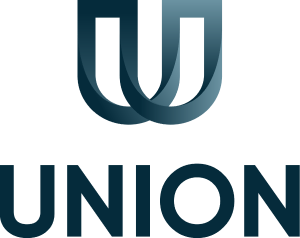Will yields rise?
Yields fell markedly last year. Long-term interest rates are now rising fast, and the question many are asking is how that will affect yields.
The 10-year swap rate is currently 1.86 per cent, after rising by 123 basic points (bps) from the low point last May. Half the increase has occurred in recent weeks. In practice, long-term rates are determined by developments in the major global economies, and they have risen in both euros and particularly in US dollars over the past few months.
That development must be seen in light of the expansive financial policies being pursued to repair the economic damage caused by Covid-19. Big support packages have been adopted. “Helicopter cash” has become a reality, and the money supply has expanded drastically. That in turn has helped to enhance fears of a high level of inflation, which are increasingly being priced into interest rates.
We are not normally fearful of inflation in the property market, because most leases have protections against it. If the level of interest rates in Norway is pulled up by rising inflation and rates elsewhere in the world, however, the real interest rate will in practice rise here.
In the worst case, we will get a higher level of interest rates from abroad without the Norwegian economy showing a corresponding change – in other words, the reverse of the development we have seen over the past decade, when Norway’s economy did well for long periods at the same time as we were “importing” low interest rates. So the trend for rates is undoubtedly a little unattractive at the moment.
At the same time, several arguments support today’s property pricing. First, long-term rates have not, after all, risen higher than they were before the pandemic broke out, and the risk premium – or yield gap – for the best office properties in Oslo is almost exactly at the average level we have seen over the past 23 years.
Second, the cost of borrowing remains low in most cases. The overall cost of a standard loan for an office property in central Oslo, with full interest-rate hedging for five years, is down by about 50 bps from the pre-pandemic level. And it is around 2.60 per cent at the moment for those who opt for a floating rate, as many do. That is record-low
A risk naturally exists that Norges Bank will eventually increase its base rate, but it is likely to take time before this returns to 1.50 per cent – if it ever does.
Third, the outlook for the letting market is substantially better than we feared last year.
And, fourth, interest in investing in commercial property remains considerable, and a great deal of dry powder exists in fund structures.1 Alternative returns still fail to tempt, and equities are priced on high multiples.
We therefore believe that the interest rate rise we have seen so far is not enough to drive yields up. But risk has increased, particularly because the threat is from a rise in real rates.
1 Source: Preqin

